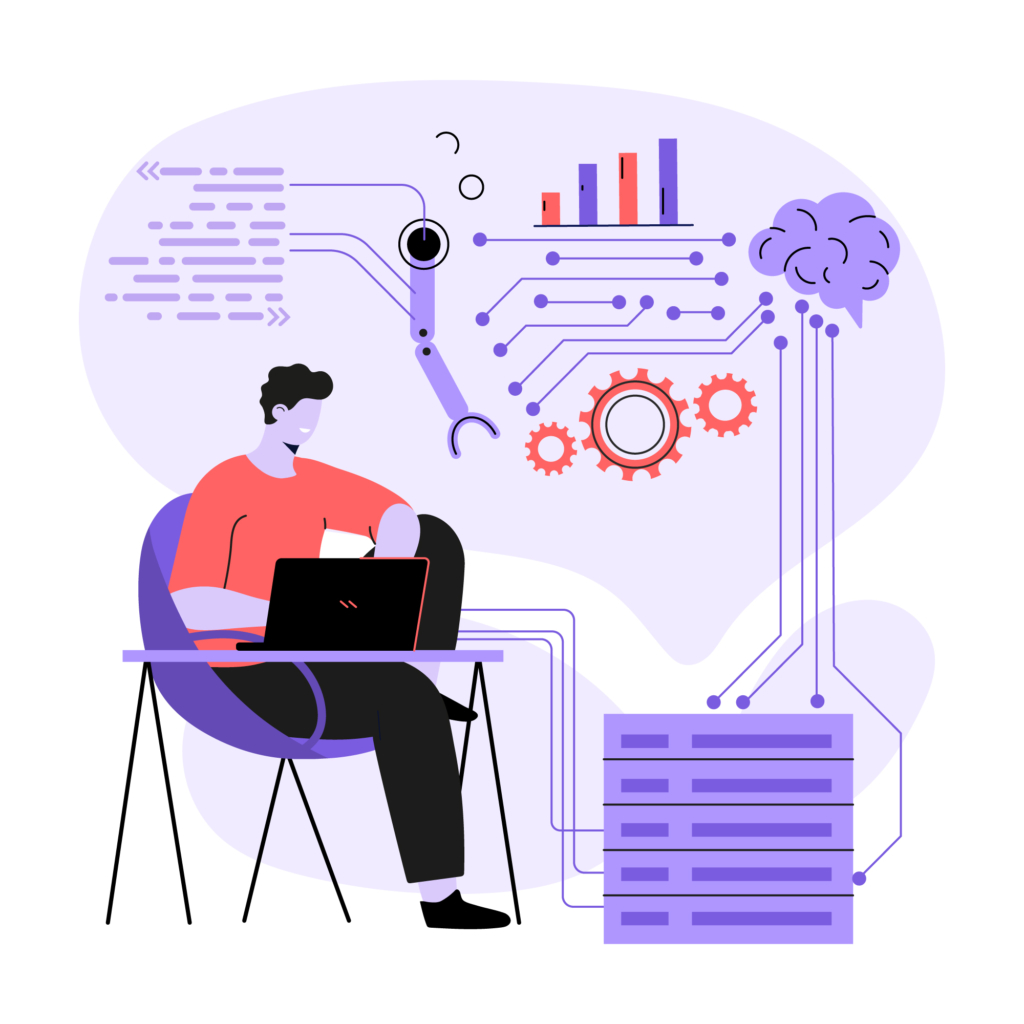In business operations, it’s essential to ensure precision and effectiveness in financial procedures. Subscription-based frameworks have become increasingly favored in sectors facing hurdles in recognizing revenue. The introduction of automation has revolutionized the landscape, simplifying tasks and elevating precision levels. This article delves into how automation enhances revenue recognition within subscription-based models.

Challenges in Subscription-Based Revenue Recognition
Businesses that rely on subscriptions frequently encounter issues when it comes to recognizing revenue streams efficiently. Conventional methods that involve manual intervention are prone to mistakes and inconsistencies, which can cause delays in the overall process. Dealing with a high volume of transactions, varying billing cycles, and diverse pricing structures only complicates matters. Moreover, businesses must adhere to evolving accounting regulations, such as ASC 606 and IFRS 15, which introduce an additional layer of complexity. As a result, organizations are actively seeking solutions to simplify these operations and looking for ways to streamline revenue recognition with automation.
The Role of Automation
Businesses can confront these obstacles with automation. Utilizing technology to streamline tasks and minimize human errors gains notable benefits for subscription-based models while improving overall precision. Automation tools offer a method for handling data loads and enable companies to concentrate on strategic endeavors.
Enhanced Accuracy and Efficiency
One major advantage of automation in revenue recognition is the enhanced precision it offers. Automated systems gather data instantly, reducing the chances of mistakes. This results in prompt invoicing and precise financial reporting. Efficiency is also improved as automation cuts down on data entry and reconciliation time, enabling employees to focus on more valuable tasks.
Streamlined Processes
Centralizing data management streamlines revenue recognition processes through automation. By integrating systems, businesses can gain a comprehensive view of customer subscriptions and financial records for billing purposes, eliminating data silos and allowing for smooth communication between departments. This leads to smoother workflows, quicker decision-making, and improved customer service experiences.
Compliance and Transparency
Ensuring adherence to accounting standards is crucial for subscription-based companies that prioritize compliance to maintain transparency and trust with stakeholders. Automation plays a vital role in this process by providing audit trails and precise documentation, offering insights into revenue streams, current contract terms, and billing specifics. Furthermore, businesses need automated systems because they enable them to effectively monitor the progress of revenue recognition, making it easier to foster relationships with stakeholders.
Scalability and Flexibility
In the realm of subscription-based services, expanding in popularity and scope is crucial for success as businesses grow larger and more complex over time. Implementing automation is key to meeting the demands of a growing enterprise, providing the adaptability and efficiency required to handle an influx of transactions without sacrificing accuracy or speed. This operational flexibility enables companies to smoothly adjust to evolving customer needs, such as changes in pricing models or market dynamics.
Cost Reduction
Introducing automation into revenue recognition not only enhances productivity but also effectively reduces costs for businesses by minimizing manual work and errors, leading to better resource allocation overall. This reduces the need for excessive paperwork or administrative duties.
Improved Decision-Making
Access to up-to-date information enables companies to make informed choices that drive success. Utilizing automation provides in-depth analysis and personalized reports, allowing stakeholders to gain insights into revenue trends, customer behavior, and market shifts. This methodical use of data aids in decision-making, recognizing avenues for growth and boosting overall business effectiveness.
Future Prospects
As technology progresses, automation in revenue recognition is expected to become increasingly advanced. Advancements in artificial intelligence and machine learning have the potential to streamline processes, forecast revenue trends accurately, and improve forecasting precision. Businesses that invest in automation now are setting themselves up for growth and success down the road.
Conclusion
The use of automation has transformed the way revenue is recognized in subscription-based models, offering advantages such as improved accuracy and efficiency, adherence to regulations, and scalability. There are numerous benefits provided by automation in this context; it serves as a solution to complex issues. Embracing automation allows companies to simplify operations and reduce expenses while enabling data-driven decision-making that can lead to success in the world of subscription services.
In a society where efficiency and precision are critical factors for success, automation emerges as a vital asset for companies aiming to streamline financial processes effectively. As advancements in technology continue, businesses can expect significant improvements in revenue tracking, leading to long-term expansion and financial success.










